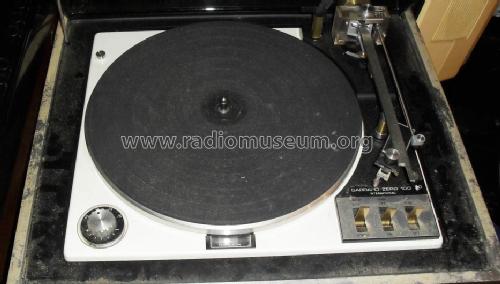


Thus, occupancy models are gaining popularity in the wildlife literature as a monitoring tool.Įxamples of occupancy modeling to index abundance or distribution are currently sparser in the fisheries literature than the wildlife literature.

One major advantage of occupancy models for estimating population distribution and abundance is the use of incidence data that are often less costly to collect than data to estimate abundance directly (e.g., tagging information). Although the occurrence of a species at a site describes a different population process than abundance, occupancy models can be structured to estimate abundance directly by making some structural assumptions about the relationship between detection and abundance. These models require repeated sampling at spatially replicated sites to simultaneously estimate occupancy and detection probability, thereby correcting for imperfect detection. The use of occupancy models to describe the distribution of populations while accounting for imperfect detection has increased in popularity over the last decade. Plot, distance, capture-recapture, and removal methods have all been used in terrestrial and aquatic environments to estimate animal abundance while accounting for imperfect capture probabilities, but these approaches are often impractical or expensive for many species. An alternative approach is to explicitly account for imperfect detection in sampling methodologies. The implicit, and often violated, assumption of abundance indices is that capture probability does not vary systematically across space, time, habitat types, or environmental conditions.

Many ecological surveys instead use count or capture-rate data to index abundance. When the detection of individuals is imperfect, some portion of the population will be missed leading to erroneous conclusions and possibly erroneous management,. Individuals of a population are often counted directly in order to draw inferences about their abundance and distribution, but rarely are all individuals observed. This study demonstrates the utility of simultaneous sampling devices, including camera traps, in aquatic environments to inform occupancy models and account for imperfect detection when describing factors influencing fish population distribution and dynamics.Įcological surveys are important for understanding spatial and temporal variability in plant and animal populations, as well as providing the necessary feedback to guide policy options in the context of state-dependent and adaptive-management programs. These models indicate that the distribution and abundance of this species is more heavily influenced by latitude and depth than by micro-scale reef characteristics lending credence to previous characterizations of red snapper as a reef habitat generalist. Furthermore, camera trap detections were influenced by the current direction and turbidity of the water, indicating that collecting data on these variables is important for future monitoring. We found that detection probabilities tended to be higher for camera traps than traditional fish traps. Our results suggest that augmenting traditional fish trap sampling with camera observations not only doubled the probability of detecting red snapper in reef habitats off the Southeast coast of the United States, but supplied the necessary observations to infer factors influencing population distribution and abundance while accounting for imperfect detection. Since the replicate samples are collected simultaneously by multiple sampling devices, many typical problems encountered when obtaining replicate observations are avoided. We employ simultaneous sampling using fish traps and novel underwater camera observations to generate the requisite replicate samples for occupancy models of red snapper, a reef fish species. This disparity likely exists because the replicate samples required by these models to account for imperfect detection are often impractical to obtain when surveying aquatic organisms, particularly fishes. While such work is common in terrestrial systems, fewer examples exist in marine applications. Occupancy models using incidence data collected repeatedly at sites across the range of a population are increasingly employed to infer patterns and processes influencing population distribution and dynamics.


 0 kommentar(er)
0 kommentar(er)
